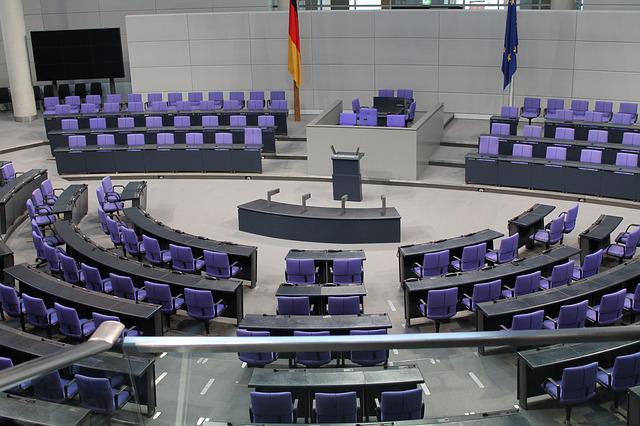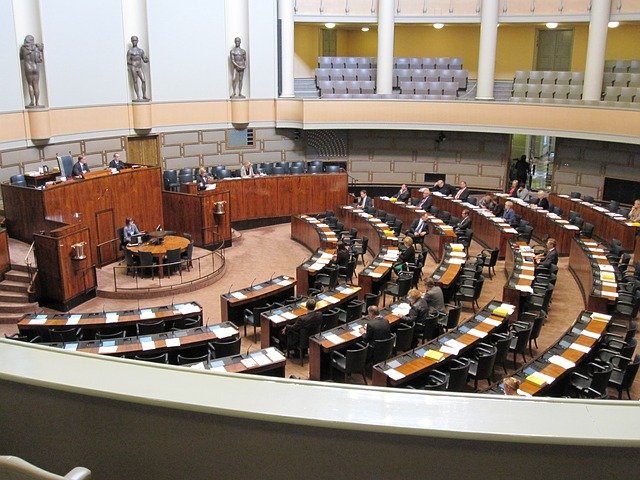
Parliamentarism is a system of government that has Parliament at its center.
Parliamentarism is a political system that has Parliament as its center, in charge of the legislative power . Parliament, in turn, is the body responsible for electing the government that administers the executive branch.
It is important to mention that parliamentarism is a democratic regime . This type of administration arose from monarchies that, little by little, ceded government powers to Parliament.
Characteristics of parliamentarism
In parliamentarism, the executive branch is made up of a monarch or president (the head of state ) who has limited powers and a government whose head is appointed by parliament. Parliament itself is in a position to censure said government.
Currently, parliamentarism is usually combined with features of other systems , such as presidentialism . While in the past the people elected the legislators so that, in turn, they could freely choose the head of government, today it is common for the head of government to be voted directly by the citizens through elections.

It is important to note that parliamentarism is a democratic regime.
Head of State vs. head of government
In parliamentarism, we must ultimately differentiate between the head of state (who lacks real executive powers) and the head of the government (who is usually the prime minister ). The differences, however, depend on each country. Parliamentarism can appear in both parliamentary republics and parliamentary monarchies .
In a broad sense, parliamentarism is based on the existence of Parliament as the voice of the people. That is why legislators approve laws , allocate funds for the implementation of public policies, and can hold rulers accountable.
Background of parliamentarism
The antecedents of parliamentarism in the history of humanity take us to classical antiquity , where we have evidence of elected assemblies with executive power. In particular we refer to ancient Greece , in whose city-states democracy was of a parliamentary type, because all its inhabitants made up the Parliament.
In Ancient Rome there were also similar structures : all executive powers were centralized in the Senate, but when it came to legislative matters it had to abide by the decisions made by the comitia and the tribunes. The main components of the Roman Senate were the aristocratic elites, the so-called patricians ; The plebeian senators received a different rank from that of the patricians.
Parliamentarism can also be seen in certain aspects of the politics that were practiced in the territories taken by the Germans, where many of the customs of the conquerors were imposed. In this case, the assemblies of the nobility and, on certain occasions, the clergy, had a clearly parliamentary character. Generally, the decisions of these parties had to be approved by the monarchy.
Already in the Middle and Modern ages, we must go back to the beginning of the 12th century to find the first examples of parliamentarism, in particular to the Cortes of Castile , whose first meeting took place in the year 1187 in the Spanish province of Soria. Nor should we leave out the Cortes of the Kingdom of León , which began operating in 1188 in the Basilica of San Isidro.
In these two courts, the power of the monarchy was subject to the decisions made by the clergy, the nobles and the representatives of the people, a group of notables who made up the assemblies . In Western Europe, this model of parliaments was very common, as can be seen in France and England. From the 13th century onwards, the French monarchy was the first to promote the inclusion of the people in assemblies.
Since in these medieval examples of parliamentarism the monarch had great influence, if the issues discussed in the assemblies were of interest to him, there was a good chance that the results would be twisted in his favor.
